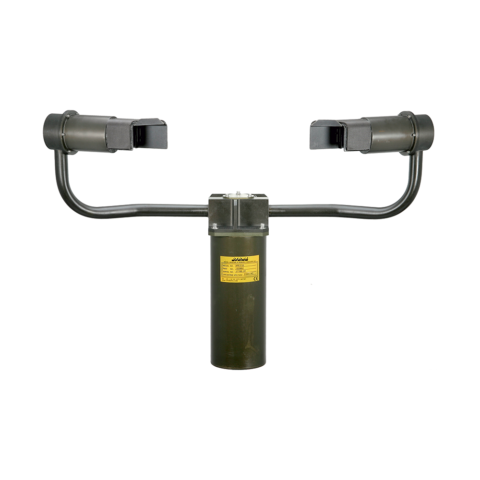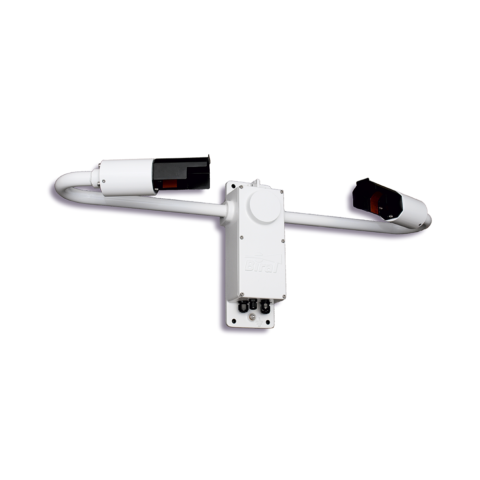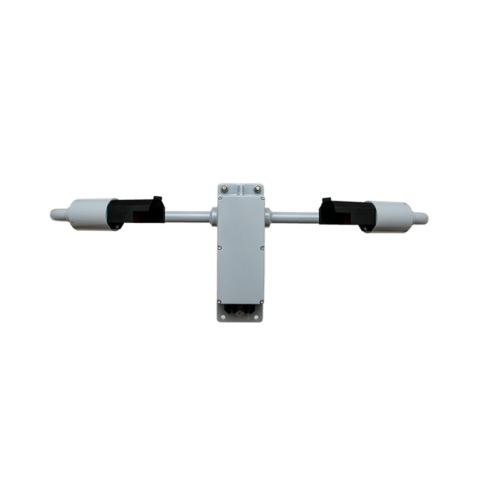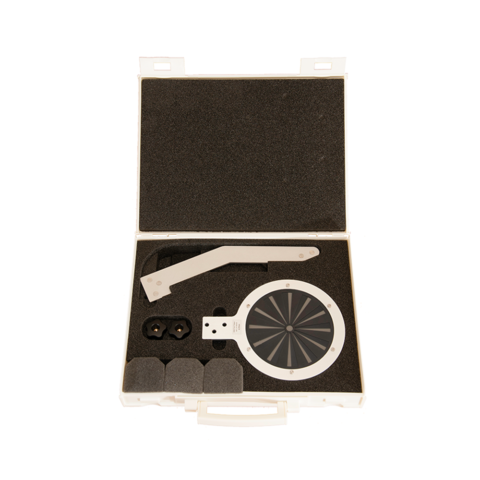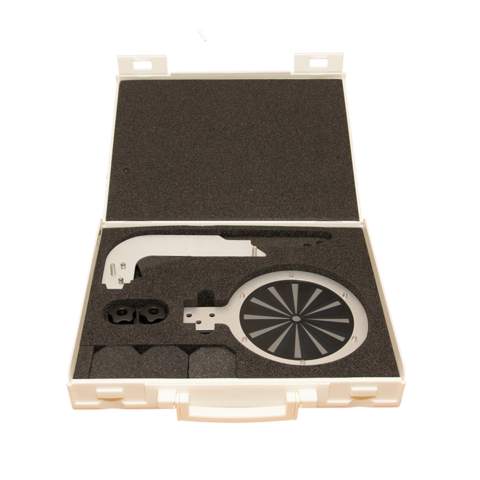Biral is a leading manufacturer of advanced visibility and present weather sensors, trusted by professionals worldwide across aviation, transportation, wind energy, and meteorological sectors.
Our VPF and SWS series sensors deliver precise, reliable measurements even in the most challenging environments.
Designed for seamless integration into systems like Runway Visual Range (RVR) monitoring, Road Weather Information Systems (RWIS), and offshore operations, our sensors feature robust construction, self-diagnostic capabilities, and resistance to environmental contaminants. With measurement ranges extending up to 99.99 km, they ensure dependable performance for both routine monitoring and critical safety applications.
Explore our comprehensive range of visibility sensors to find the optimal solution for your specific needs.
